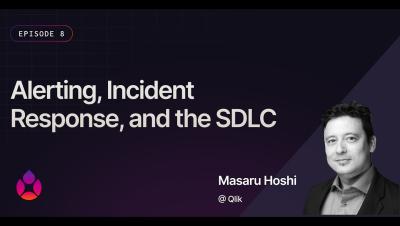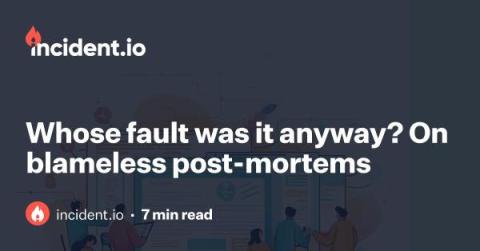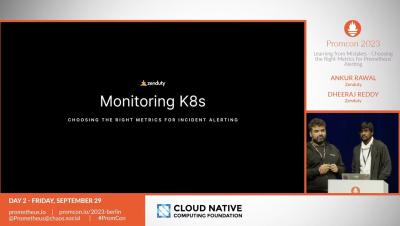What is Mean Time Between Failures - and why does it matter for service availability
Mean Time Between Failures (MTBF) measures the average duration between repairable failures of a system or product. MTBF helps us anticipate how likely a system, application or service will fail within a specific period or how often a particular type of failure may occur. In short, MTBF is a vital incident metric that indicates product or service availability (i.e. uptime) and reliability.











